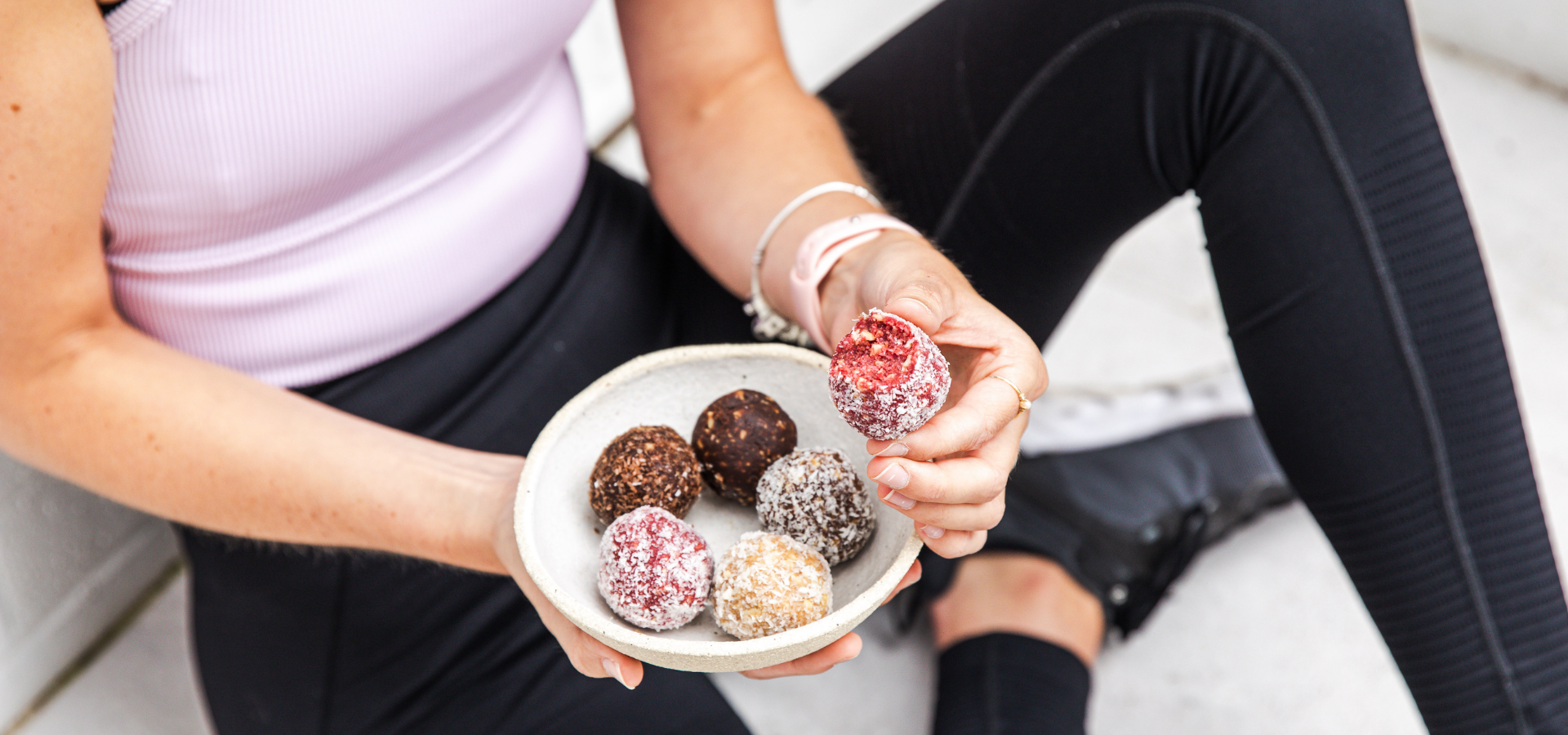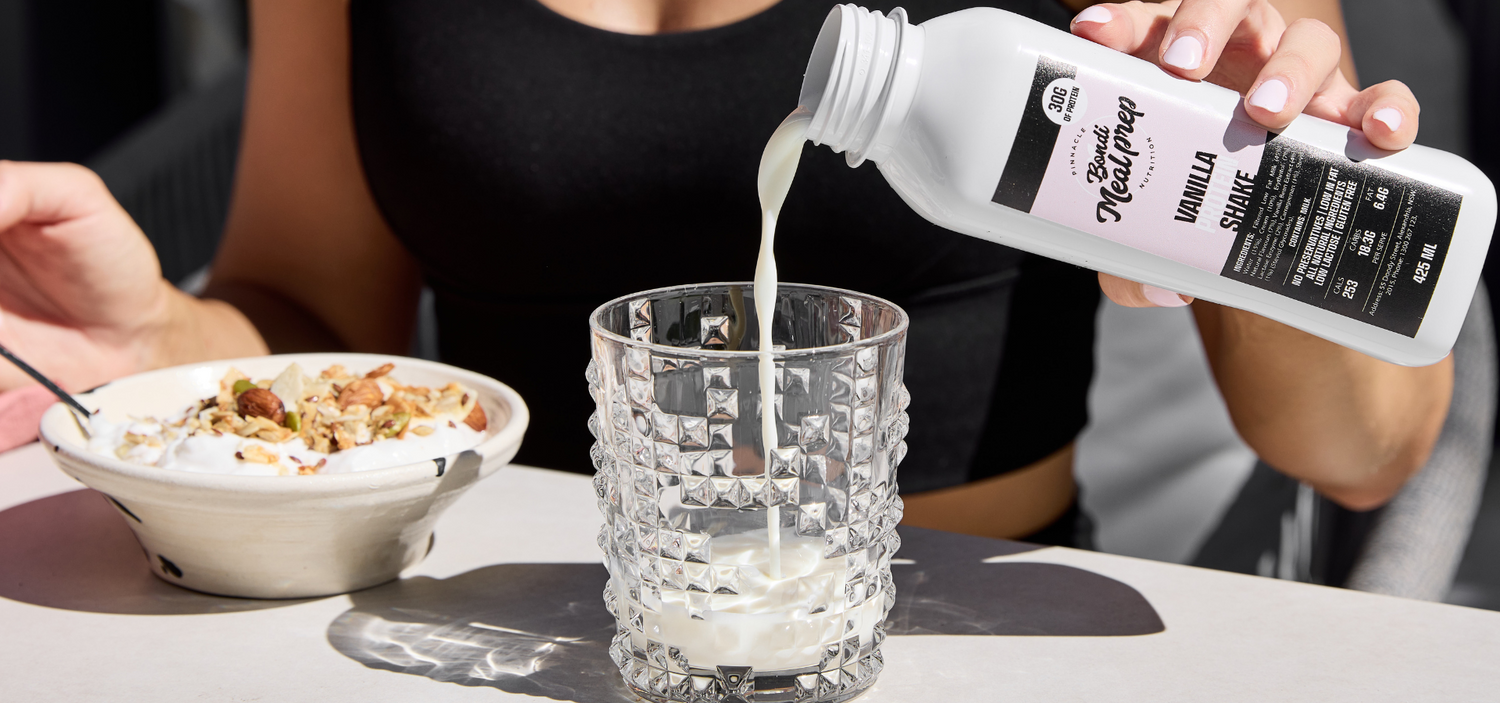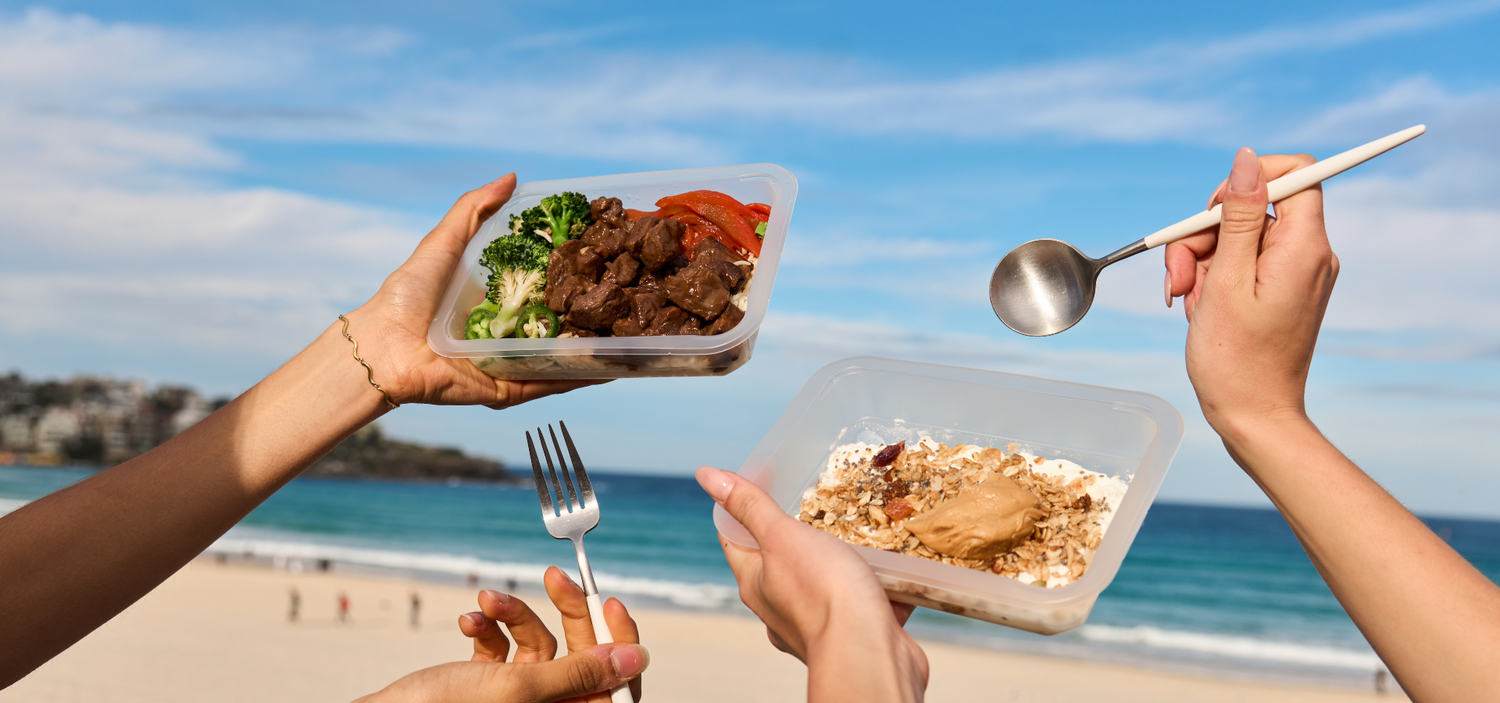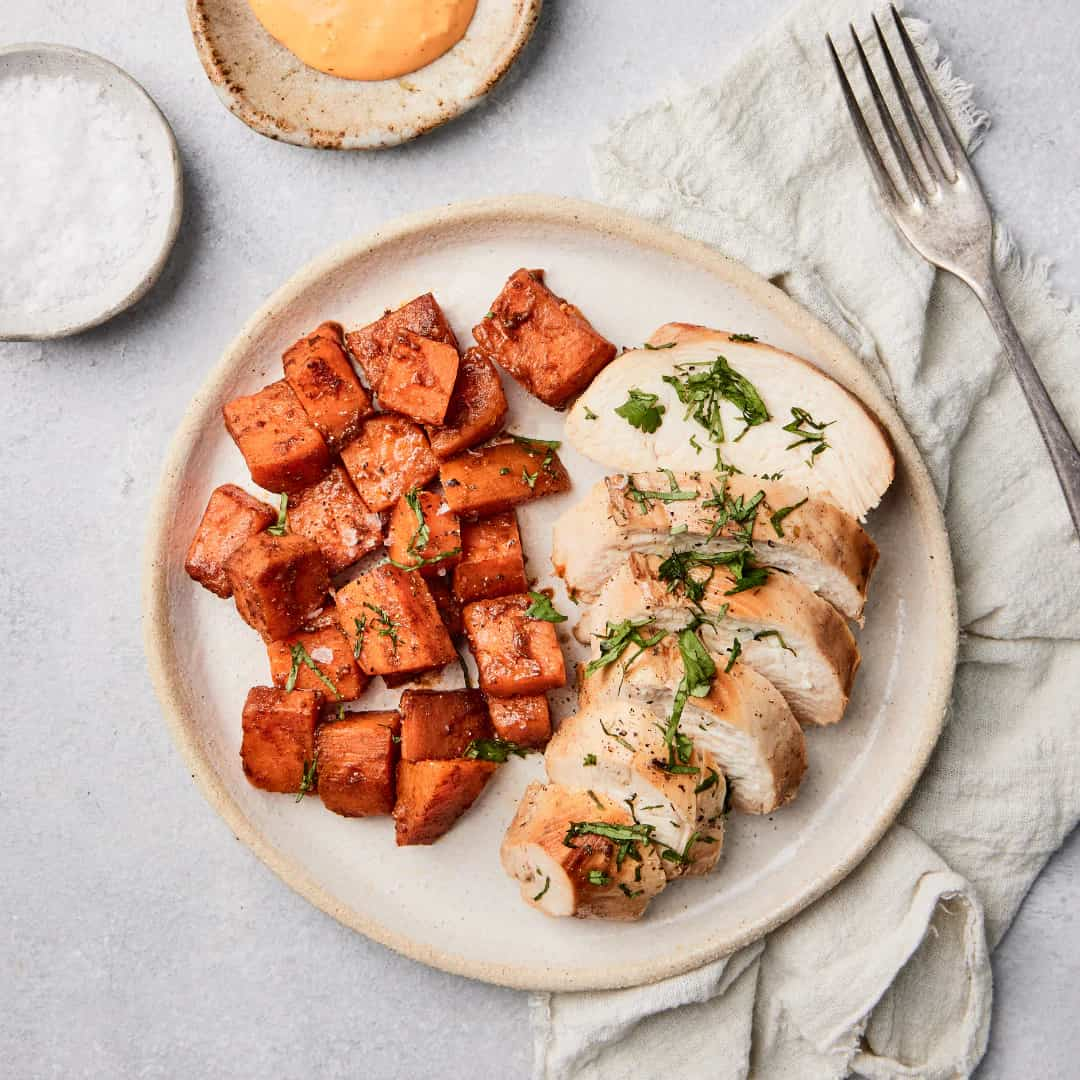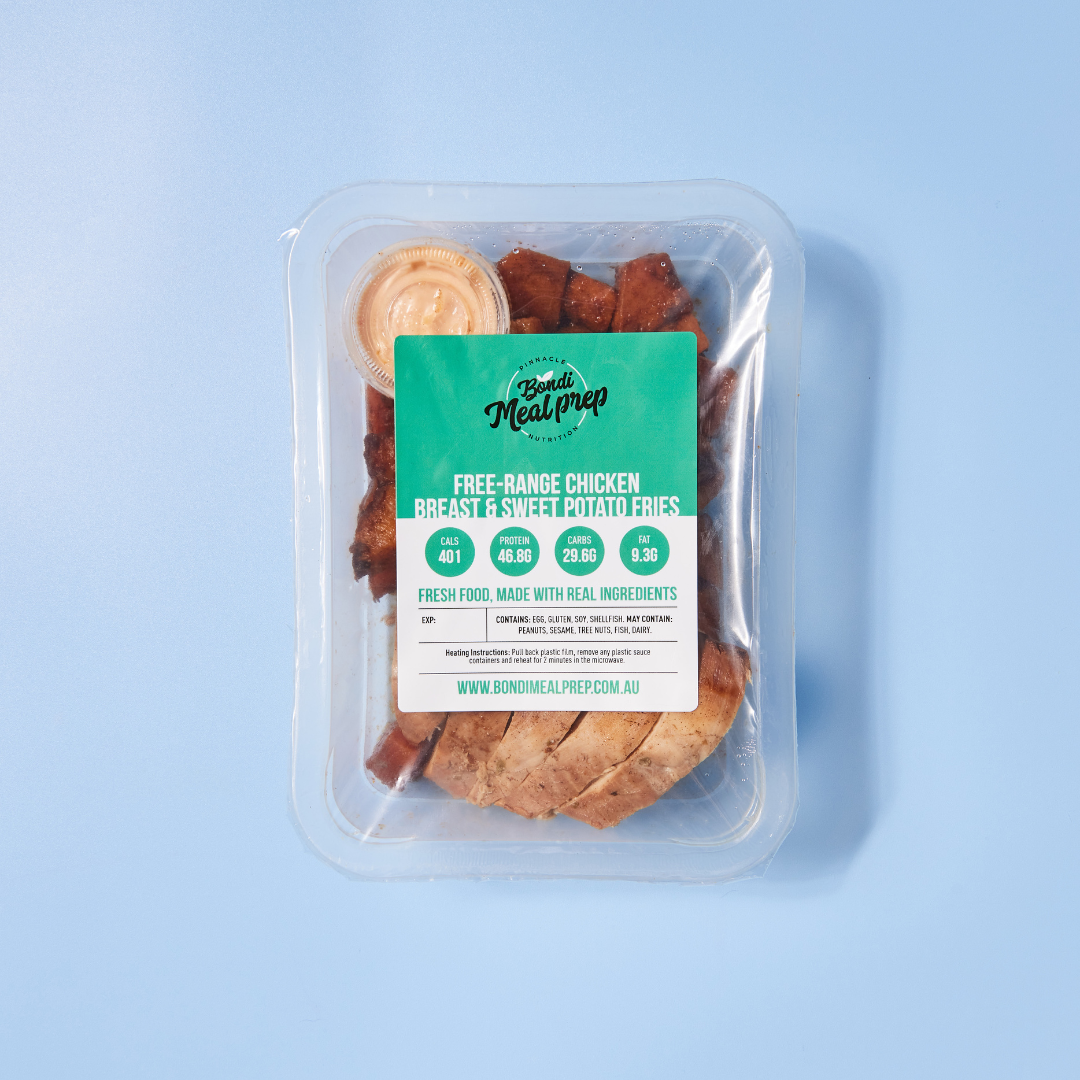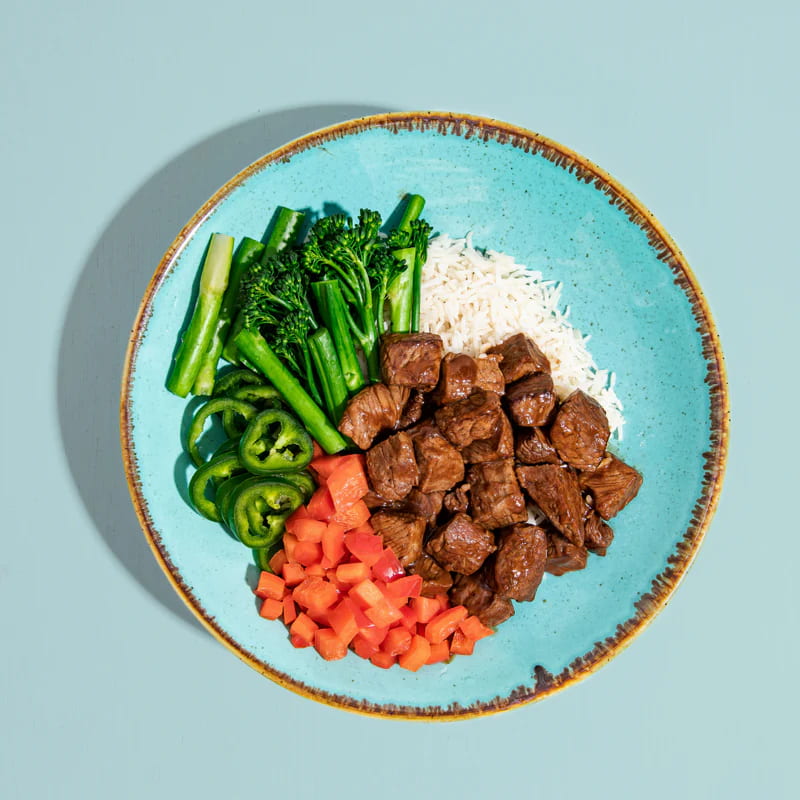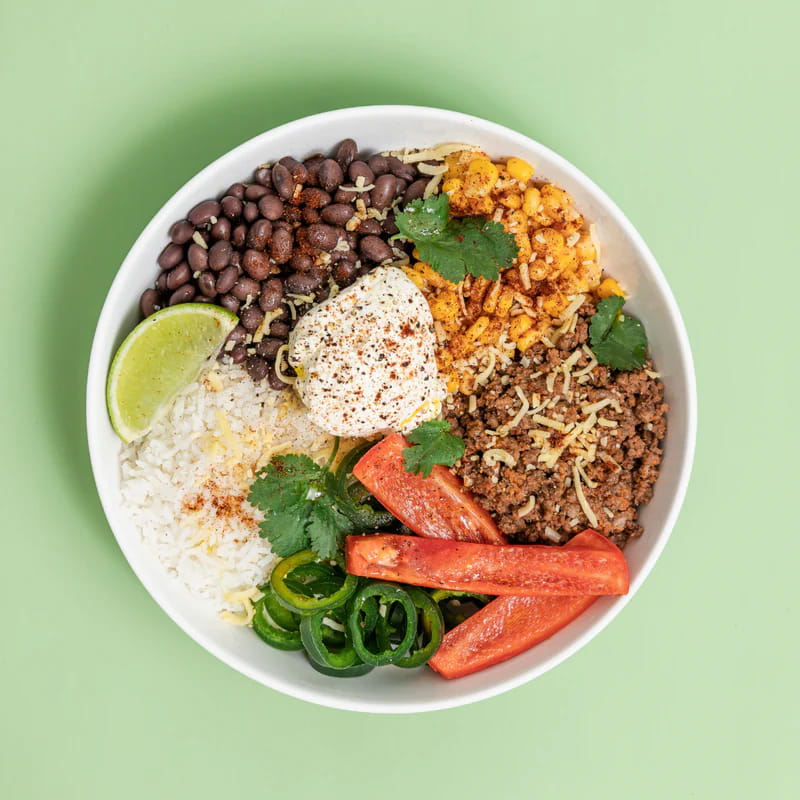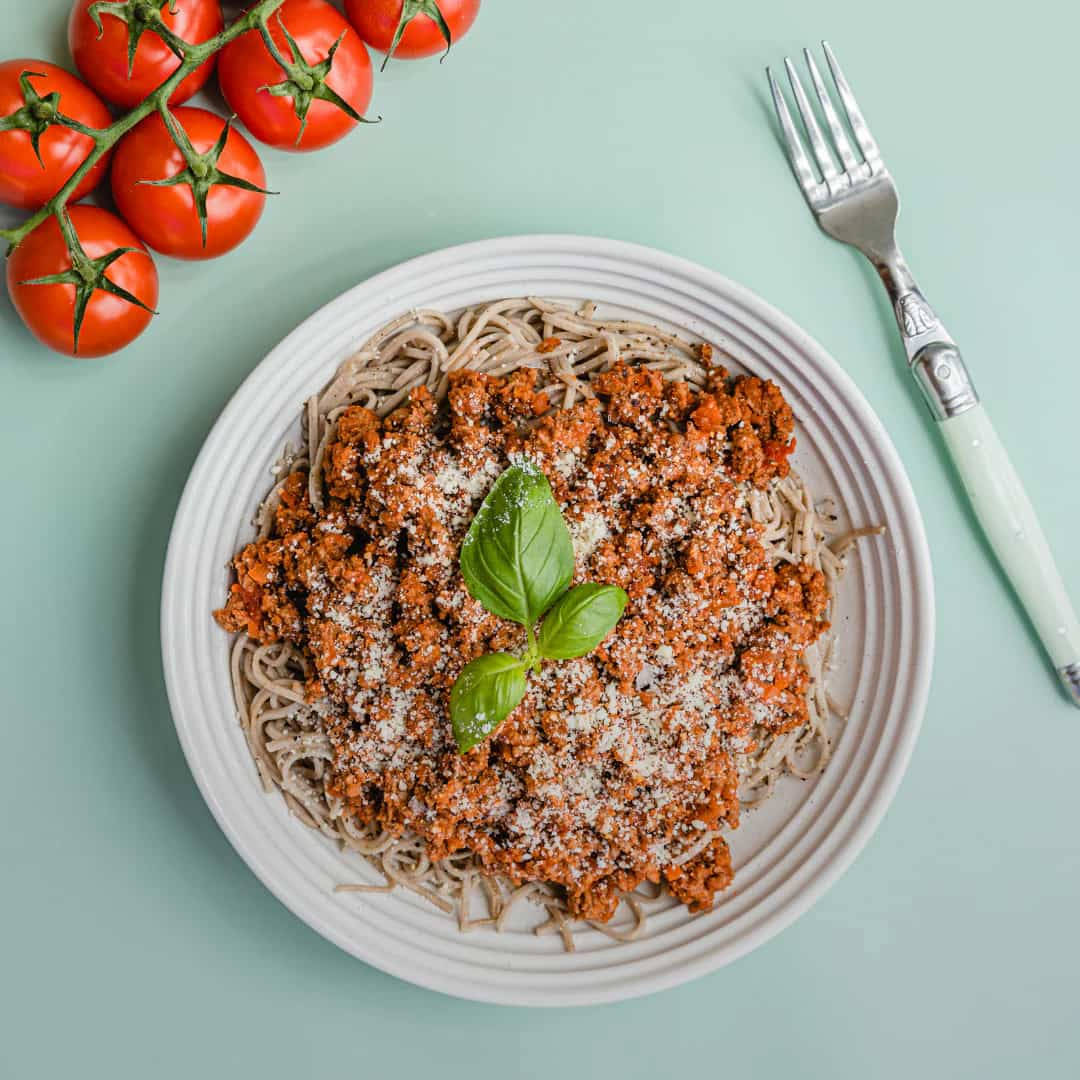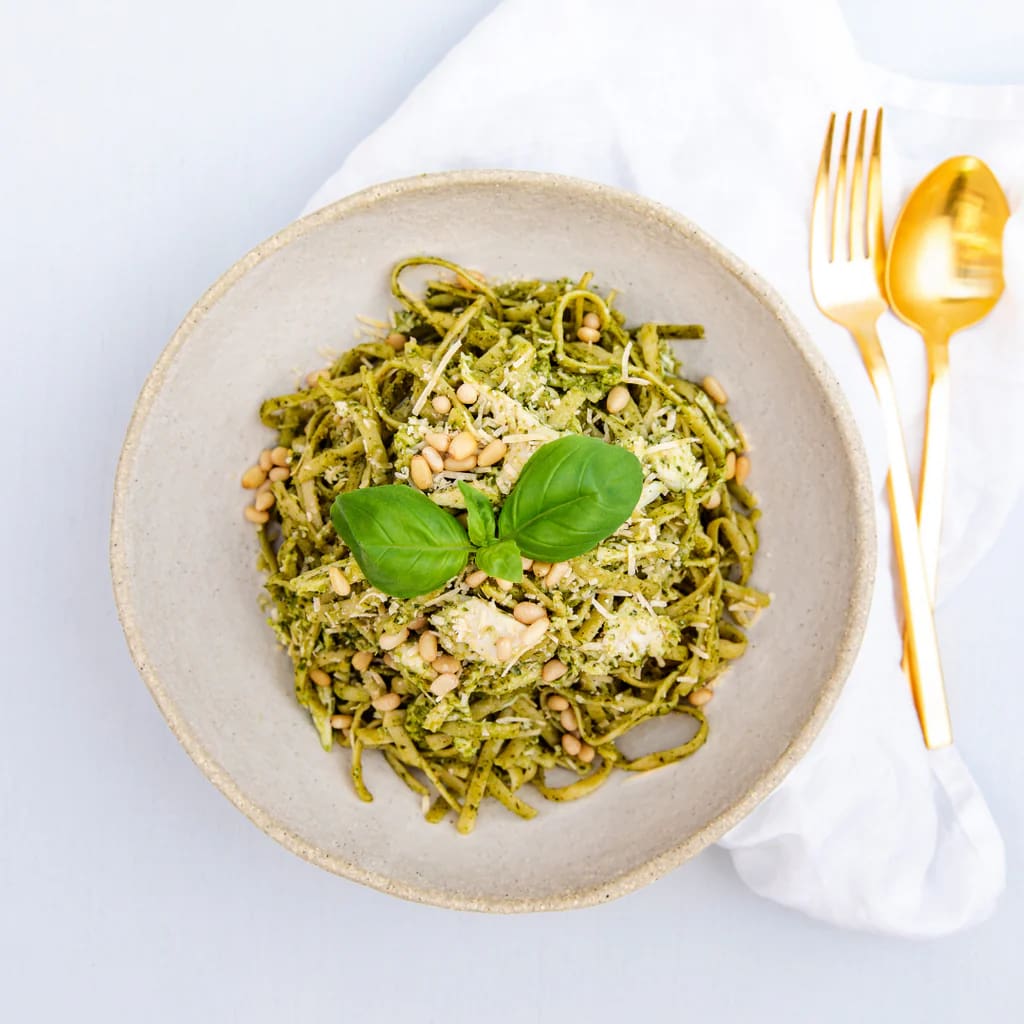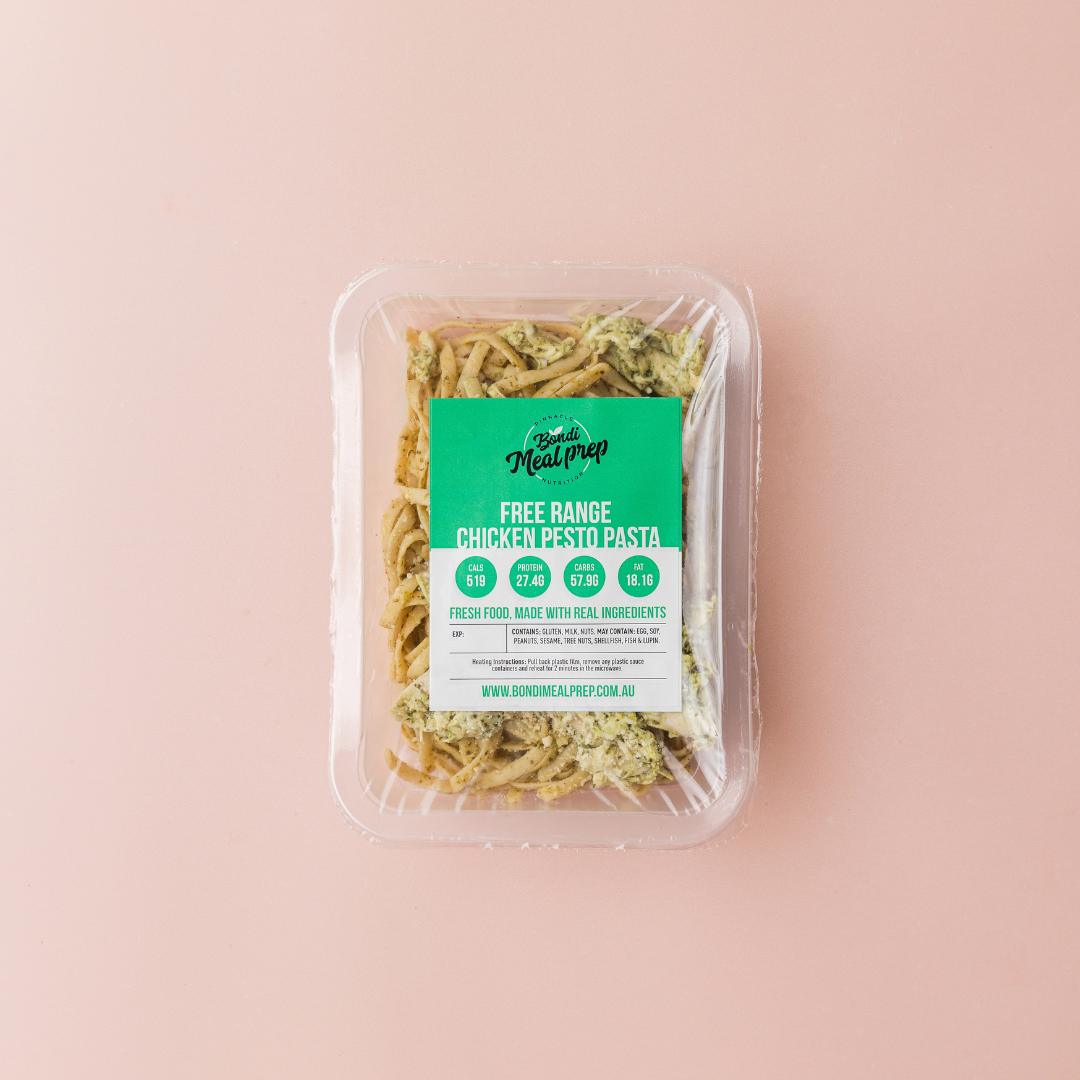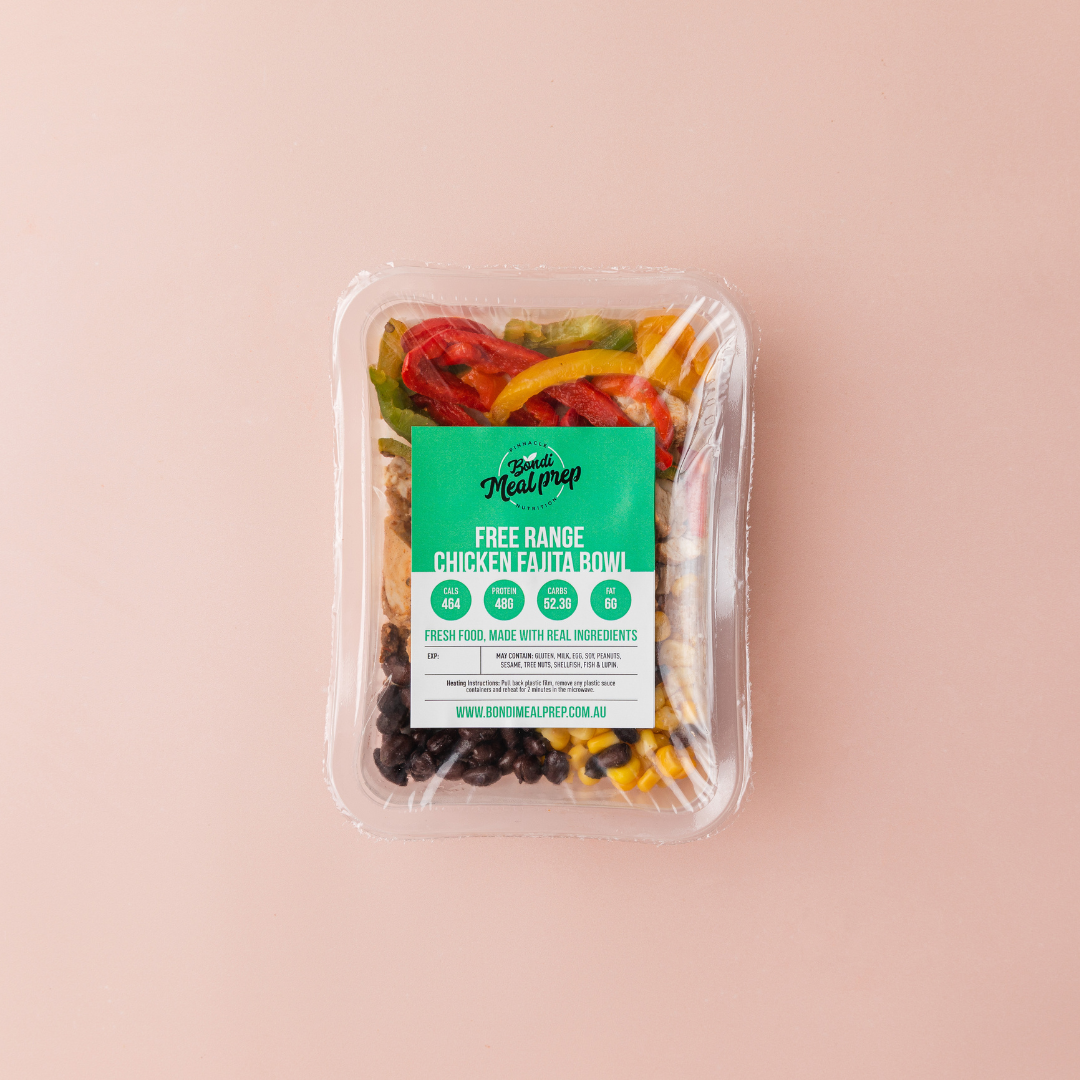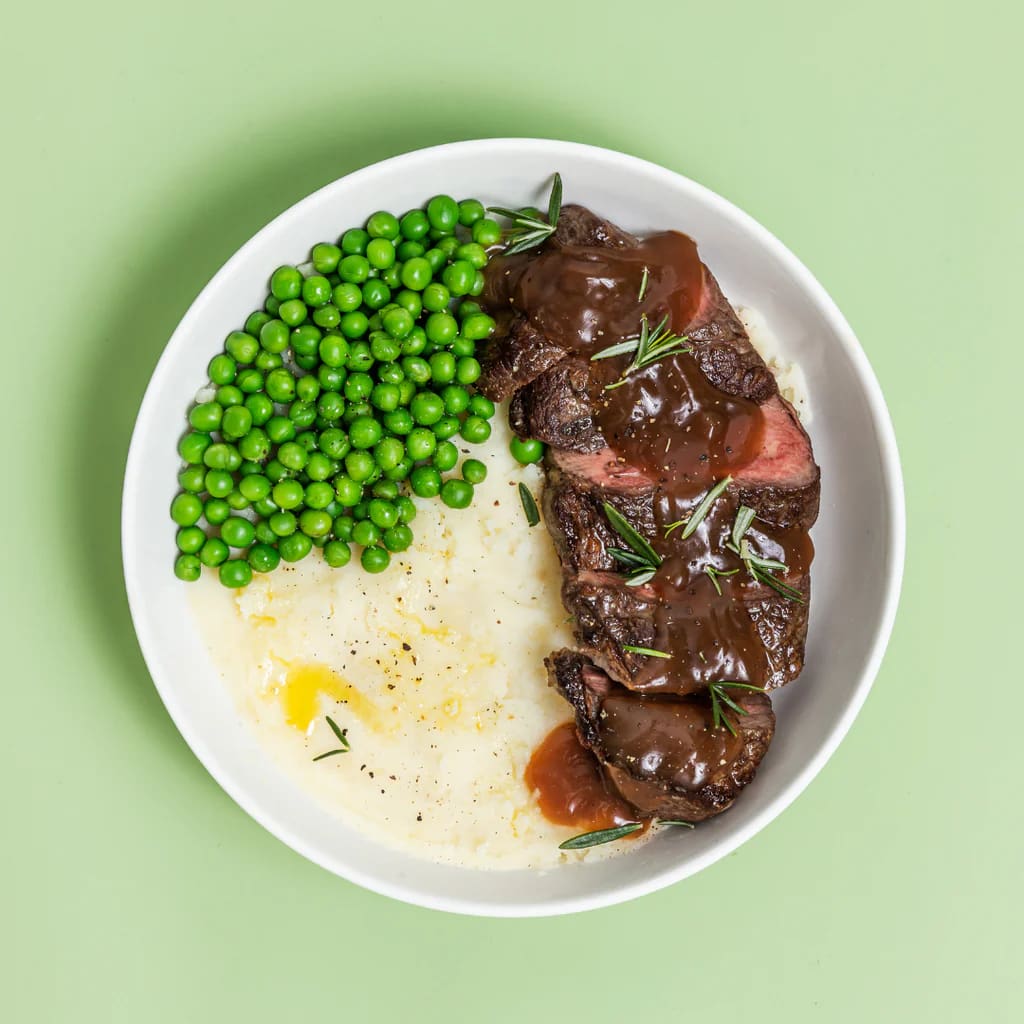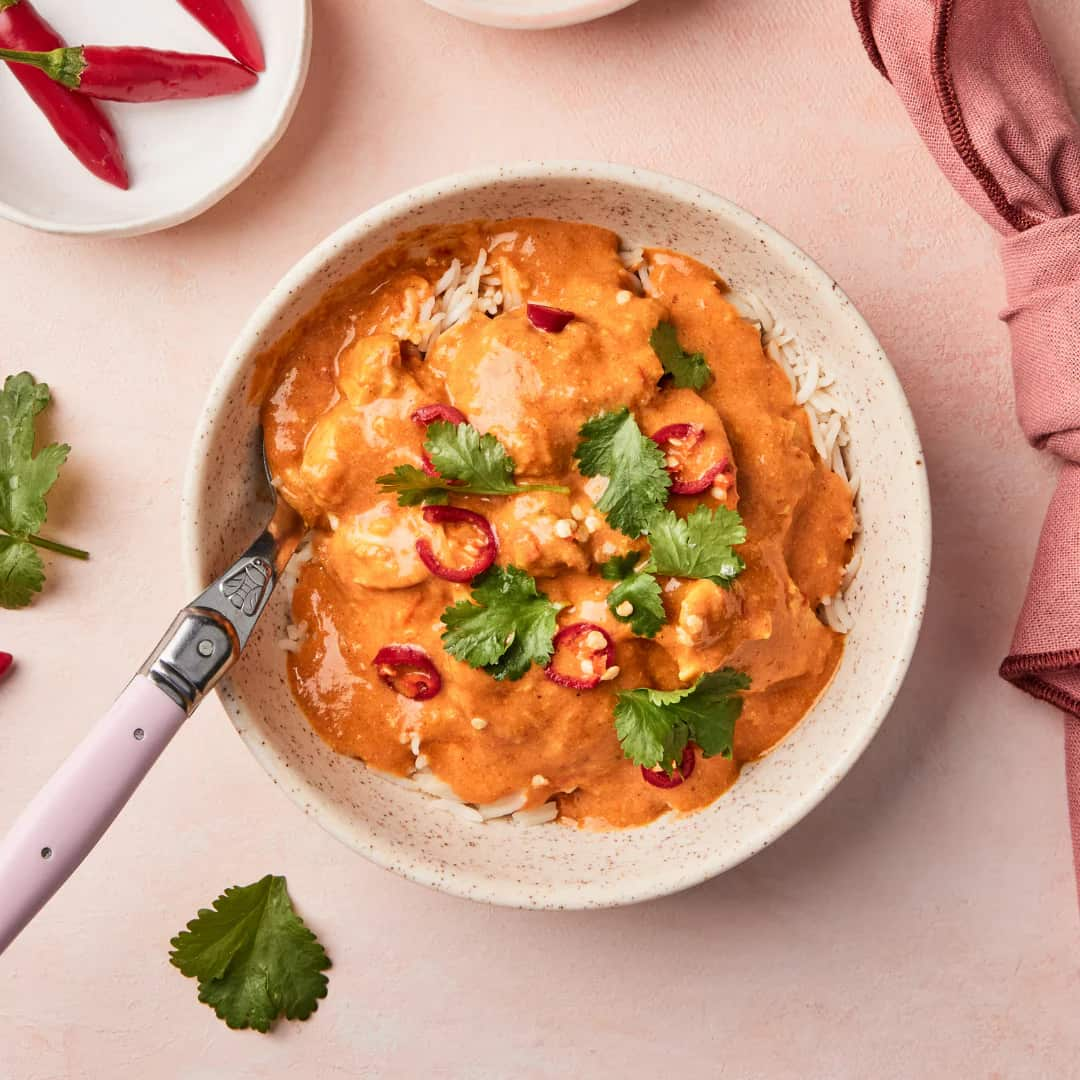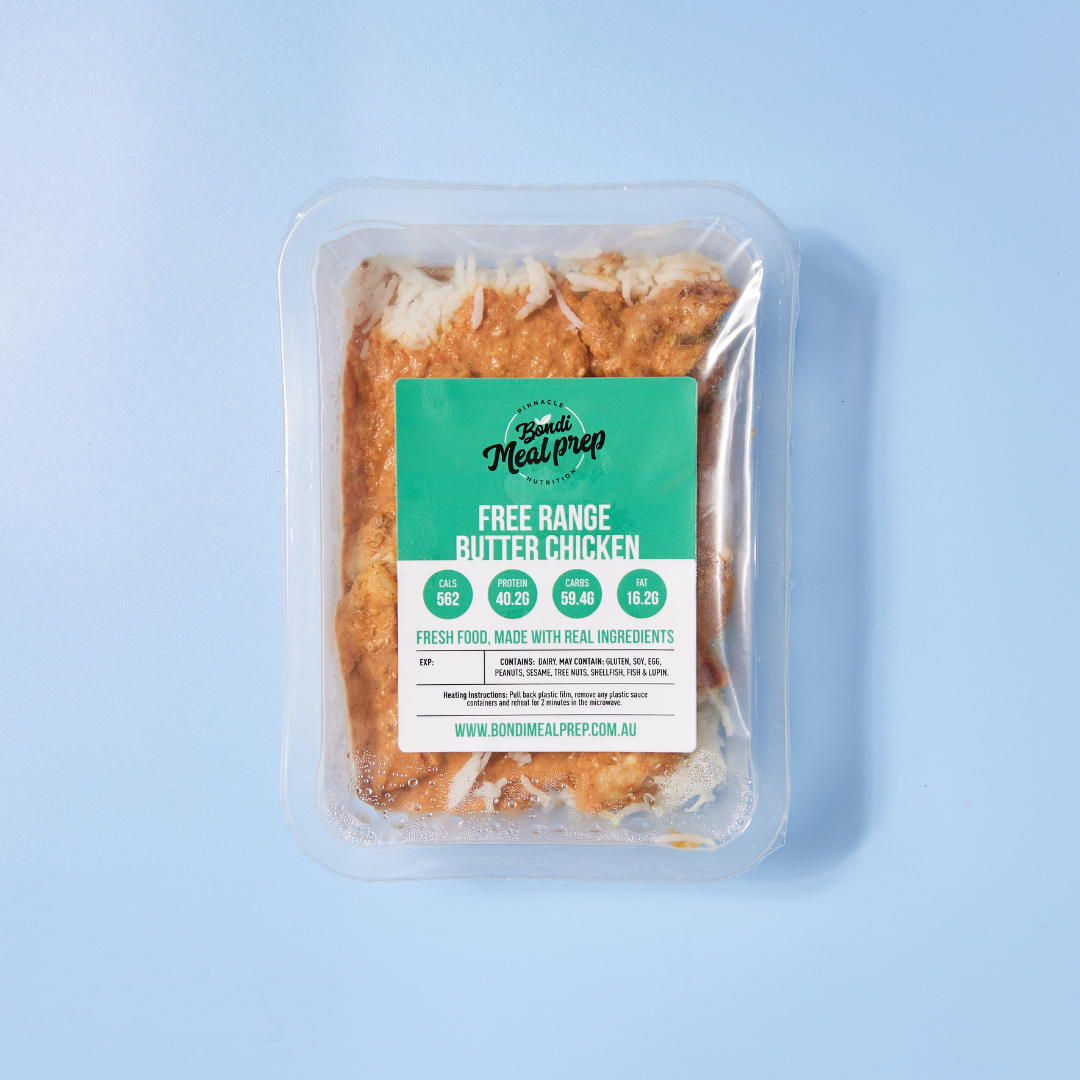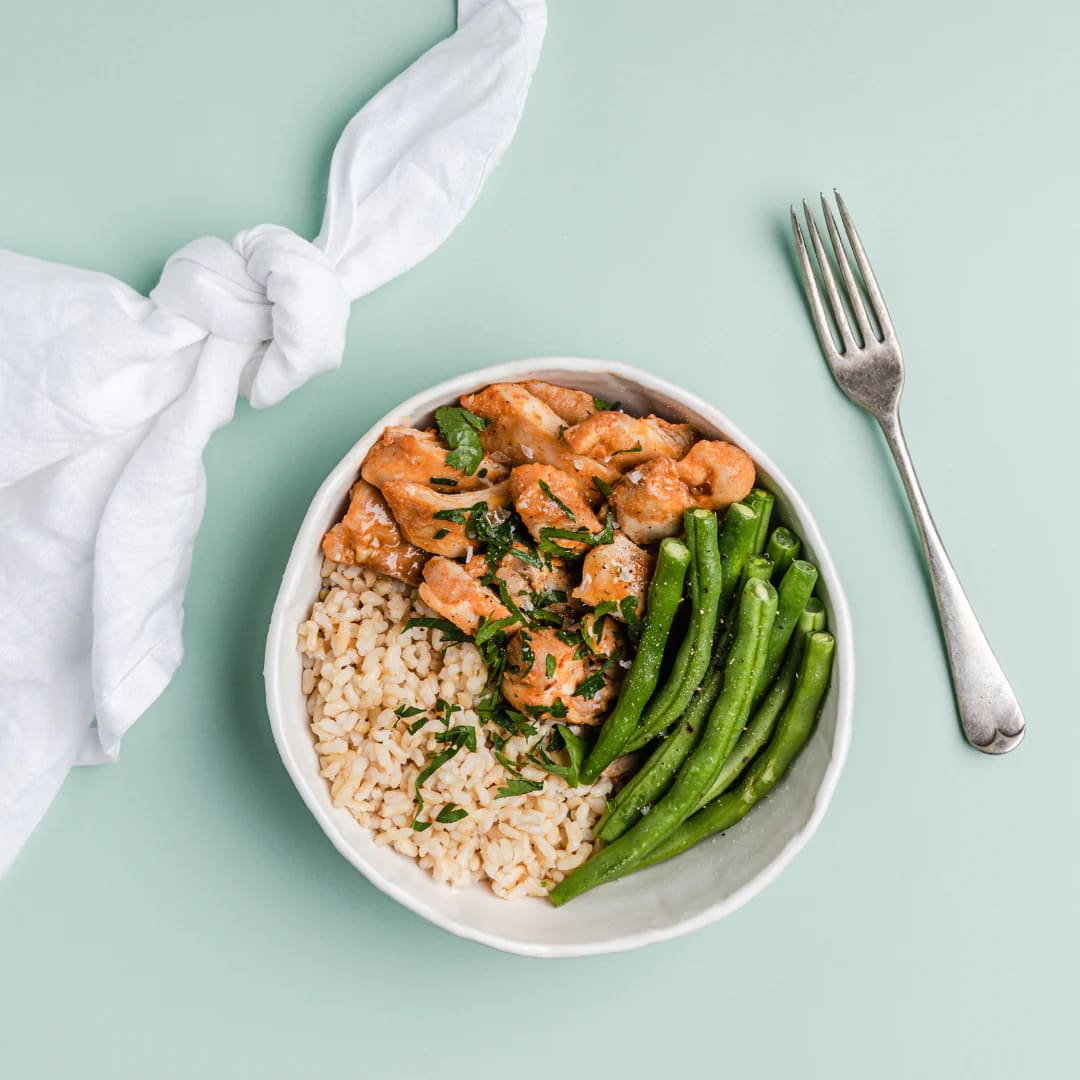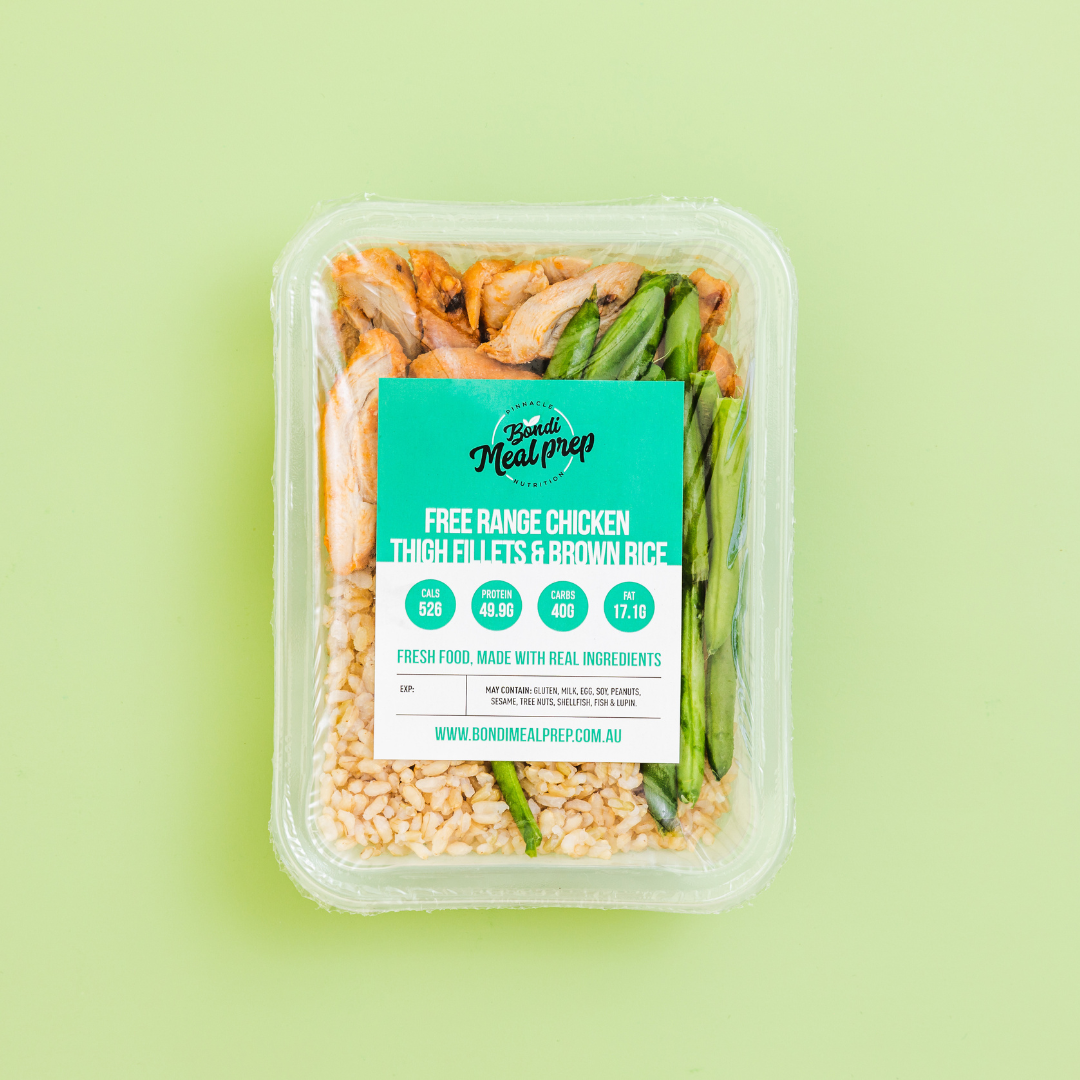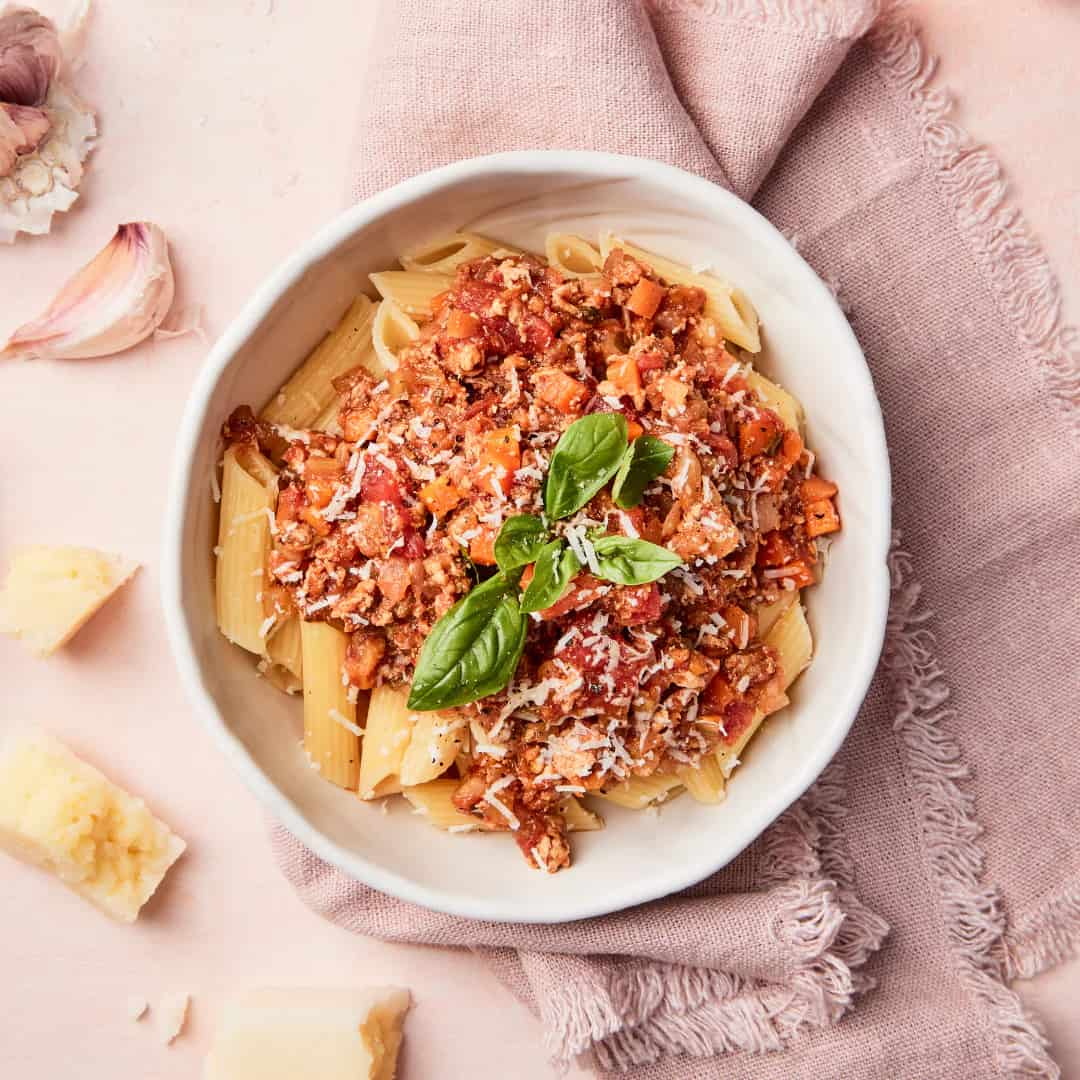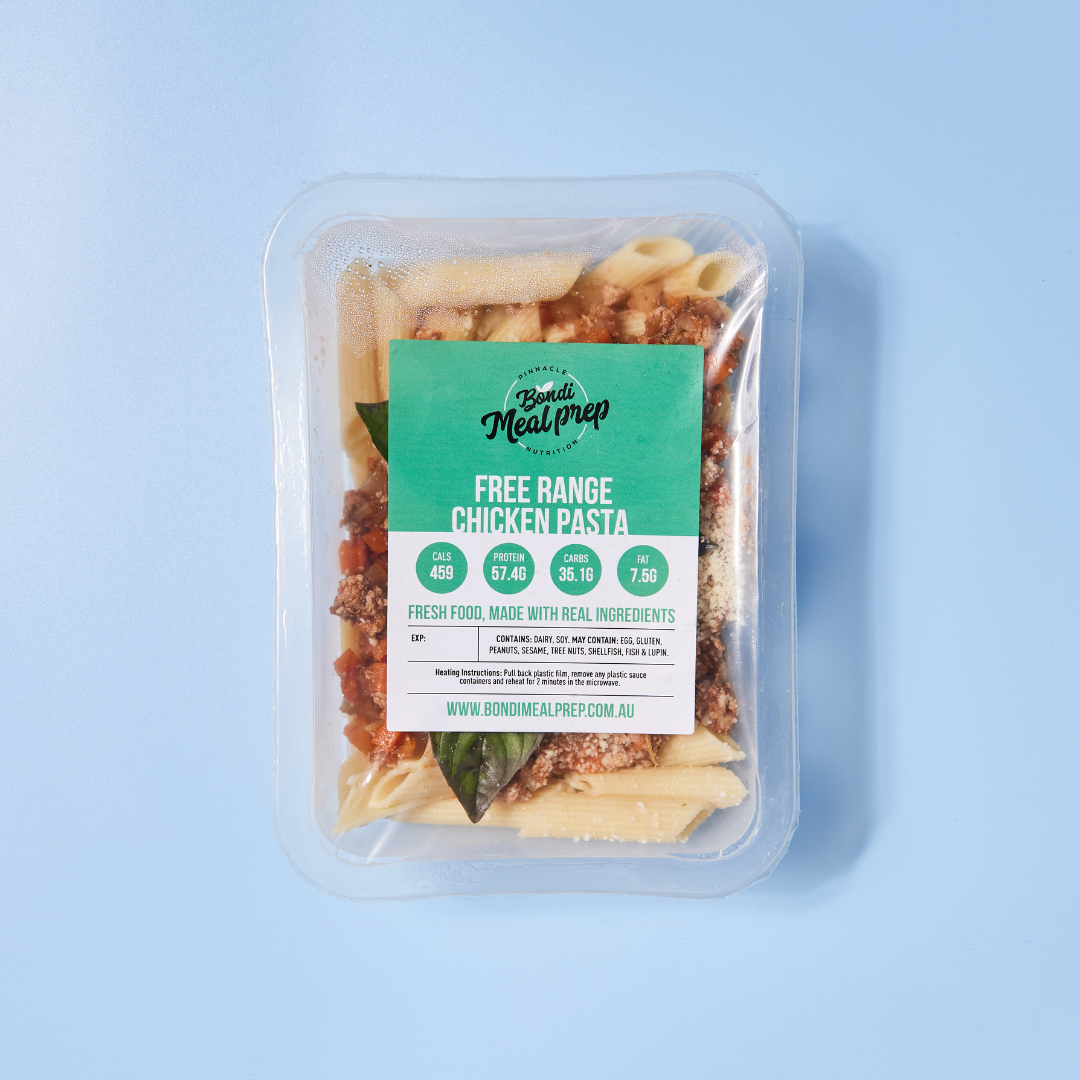The Zone Diet for CrossFit: Eat Smarter, Train Harder
When it comes to pushing your limits during CrossFit workouts and speeding up recovery, what you eat matters as much as how you train. The Zone Diet has become a popular choice for CrossFit athletes who want structured nutrition without overcomplicating their meals.
Designed to balance protein, carbohydrates, and fat for optimal performance and body composition, the Zone Diet eating plan can help you perform better in the box and recover faster afterwards.
If you are new to CrossFit or aiming to hit a new personal best, this guide will walk you through everything you need to know about eating for CrossFit and the Zone Diet. You’ll discover why this diet is trusted by athletes worldwide, learn how to build meal plans that match your training intensity, and find out how many blocks you need for optimal performance.
Ready to get in the zone? Let’s dive in!
What Is the Zone Diet?
Let’s start with the basics. Developed by Dr Barry Sears, the Zone Diet is a nutrition plan that aims to control inflammation, balance hormones, and support physical performance. It does this by promoting a specific macronutrient ratio: 40% carbohydrates, 30% lean protein, and 30% healthy fats.
This 40:30:30 balance is designed to control blood sugar, reduce inflammation, and improve energy levels. It closely models optimal nutrition for athletes who rely on both endurance and power, making it ideal for the high-intensity, constantly varied training style of CrossFit.
Why the Zone Diet Works for CrossFit Athletes
CrossFit training demands fuel that supports fast recovery, sustained energy, and muscle repair. The Zone Diet supports these goals by:
-
Encouraging nutrient-dense foods that stabilise blood sugar, helping to minimise energy crashes and maintain consistent performance throughout training sessions.
-
Supporting lean muscle growth and fat loss by ensuring an optimal balance of protein, carbs, and healthy fats that nourish the body without excess calories.
-
Providing enough carbs to fuel workouts without causing insulin spikes, allowing for steady energy release during high-intensity intervals and strength sets.
-
Reducing systemic inflammation to promote joint and tissue recovery, aiding in faster healing, better mobility, and a reduced risk of injury.
CrossFit athletes following the Zone Diet often report better focus, improved endurance, and faster recovery between sessions. Unlike more restrictive plans, it offers a structured yet flexible approach to eating that complements the constantly varied, high-intensity demands of CrossFit. It helps athletes train harder, bounce back quicker, and stay consistent with their nutrition goals.
Understanding Macronutrient Blocks
The Zone Diet uses a block system to simplify meal planning. Each block contains:
-
7 grams of protein
-
9 grams of carbs
-
1.5 grams of fat
Meals are built by combining equal blocks of protein, carbohydrate, and fat. For example, a three-block meal would include 21 grams of protein, 27 grams of carbs, and 4.5 grams of fat.
How many blocks you need depends on your gender, body weight, activity level, and training intensity. As a general guide:
-
Active women: 11–13 blocks per day
-
Active men: 15–17 blocks per day
-
Elite or competitive athletes: 18–20+ blocks per day
Using a block chart can help you select appropriate portion sizes for the different foods that make up your meals.
What You Can Eat on the Zone Diet
The Zone Diet encourages eating real, unprocessed, and nutrient-dense foods that help control inflammation and fuel performance. Here’s how it breaks down:
Lean Protein (7g per block)
Protein is essential to support muscle growth and repair after intense workouts. Each meal should contain a consistent portion of lean protein to ensure your body recovers and performs at its best. Lean proteins include:
-
Skinless chicken breast
-
Grilled salmon
-
Turkey bacon
-
Cottage cheese
-
Egg whites
-
Lean beef
Including a variety of lean proteins keeps your meals interesting and helps maintain muscle mass without adding excess fat.
Low Glycemic Carbohydrates (9g per block)
Choosing low glycemic carbs helps control blood sugar and avoid energy crashes. Low glycemic foods are those that are digested and absorbed slowly, resulting in a gradual rise in blood sugar levels rather than a sudden spike (remember, what goes up must come down!).
Non-starchy vegetables and low glycemic fruits are staples of the Zone Diet and help you stay energised throughout the day. Low glycemic carbs include:
-
Green beans
-
Spinach
-
Zucchini
-
Berries
-
Raw mushrooms
-
Sweet potatoes (in moderation)
These nutrient-dense foods are packed with fibre, antioxidants, and essential vitamins to support training and overall health.
Healthy Fats (1.5g per block)
Healthy fats are critical for hormone regulation, joint health, and satiety. The Zone Diet prioritises monounsaturated fats and essential fatty acids while limiting saturated fats to support optimal performance. Foods high in healthy fats include:
-
Olive oil
-
Avocado
-
Almond butter
-
Nuts and seeds
-
Fish oil
Adding a source of healthy fat to each meal helps you stay full longer and enhances nutrient absorption without compromising your goals.
What to Avoid
The Zone Diet limits foods that spike blood sugar or promote inflammation. Subsequently, you should avoid:
-
Processed foods and snacks
-
Refined carbs like white bread and sugary cereals
-
Fast food
-
Sugar-sweetened drinks
-
High glycemic carbohydrates
These foods can derail your CrossFit diet plan by increasing fat storage, slowing recovery, and impacting your overall health.
A Sample Zone Diet CrossFit Meal Plan
Here is a one-day sample meal plan based on a 15-block target (five meals of three blocks each):
Breakfast (3 blocks)
-
3 egg whites + 1 boiled egg (protein)
-
1 cup cooked oatmeal (carbs)
-
6 almonds (fat)
Mid-Morning Snack (3 blocks)
-
90g grilled chicken (protein)
-
1 cup green beans + 1 cup strawberries (carbs)
-
1 tsp olive oil (fat)
Lunch (3 blocks)
-
100g grilled salmon (protein)
-
1 cup steamed zucchini + 1/2 cup sweet potato (carbs)
-
1 tbsp avocado (fat)
Afternoon Snack (3 blocks)
-
1/2 cup cottage cheese (protein)
-
1 cup raw mushrooms + 1/2 apple (carbs)
-
6 cashews (fat)
Dinner (3 blocks)
-
100g grilled chicken (protein)
-
1 cup broccoli + 1/2 cup cooked carrots (carbs)
-
1 tsp olive oil + 3 olives (fat)
This plan balances nutrient-dense foods to support muscle recovery, energy levels, and training demands. Eating 5 meals regulates your metabolism and ensures a steady supply of macronutrients throughout the day.
Zone Diet Benefits Beyond the Gym
The Zone Diet does more than help you smash your next CrossFit workout. The wider benefits include:
-
Lower body fat and improved body composition help you achieve a leaner, more defined physique that enhances overall strength and fitness.
-
Enhanced cognitive focus and mood stability, thanks to steady blood sugar and balanced nutrient intake that support brain health and emotional well-being.
-
Reduced risk of chronic diseases such as heart disease and diabetes, due to its anti-inflammatory focus and reduction in processed foods and sugar intake.
-
Better hormone balance and digestive health, which supports everything from energy levels to immune function.
Its anti-inflammatory focus also supports long-term joint health, which is especially important for CrossFit athletes with demanding training schedules.
How to Get Started with the Zone Diet
Getting in the zone doesn't need to be complicated. Here are some simple steps to begin:
-
Calculate your daily blocks based on your body weight and CrossFit training routine
-
Use a block chart to plan your meals and understand common food portions
-
Track your progress to adjust blocks as needed for fat loss or muscle gain
-
Prep meals ahead of time or use carefully balanced Bondi Meal Prep meals to save time and stay consistent
Meal plans are most effective when they are easy to follow. The Zone Diet’s block method helps eliminate confusion while keeping your macros in check.
Common Questions from CrossFit Athletes
Can I eat meat on the Zone Diet? Yes. Lean proteins like grilled chicken and lean beef are core elements of the Zone Diet and support muscle growth and recovery.
Is the Zone Diet low-carb? Not strictly. It includes moderate low-glycemic carbohydrate intake (far more than the low-carb diet), which helps fuel CrossFit workouts without causing insulin spikes.
Does the Zone Diet help reduce body fat? Yes. By controlling calorie intake and balancing hormones, the diet supports fat loss while preserving lean muscle mass.
How many blocks do I need? That depends on your size and training volume. Start with the standard recommendations and adjust based on your goals and how you feel during training.
Is it hard to follow? Once you get used to the block system, meal planning becomes second nature. Using tools like block charts and pre-prepared meals can make things even easier.
More Results, Less Stress, With Bondi Meal Prep
If you're ready to take your CrossFit diet to the next level but don't have the time to weigh chicken or count blocks every day, Bondi Meal Prep is here to make things easier and tastier.
Our nutritionist-designed meals are perfectly portioned, rich in lean protein, and loaded with lean proteins, nutrient-dense vegetables and healthy fats. We use premium, locally-sourced ingredients to create chef-prepared meals designed to support your CrossFit goals.
If you want to lose weight, build muscle, or boost your performance, we make it easy to stick to the Zone Diet. No measuring. No stress. Just fresh and nutritious meals delivered to your door.
Order your custom meal box today and discover how eating smart leads to better results.


